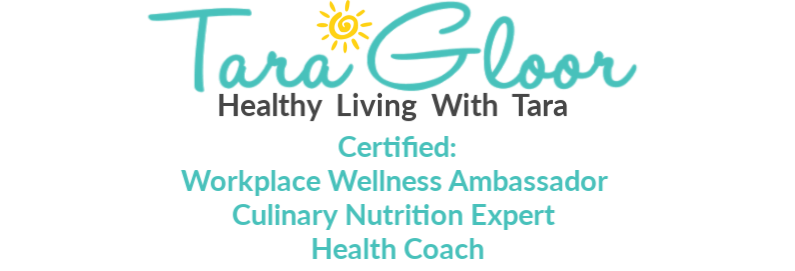
Is My Poop Normal?
This topic may be uncomfortable, but it’s so important for you to know what makes a healthy “poop” because it can tell you a lot about your digestion.
And if your digestion is off, this could be an indication that something else is going on that you need to address.
You may experience constipation or have diarrhea when you eat something that “doesn’t agree with you,” or when you’re nervous about something. Your stool can reflect your physical, and sometimes even emotional, health.
And what about fiber and water? If you’re not getting enough, it’ll probably show in your stool.
What about the all-important gut microbes? If they’re not happy, it’ll probably show in your poop.
Here’s a trivia question for you:
Did you know there is an “official” standard for poop? I mean a university-created chart! One that is used to help diagnose conditions like irritable bowel syndrome (IBS)?
Meet the Bristol Stool Scale
The Bristol Stool Scale was created at the prestigious University of Bristol in the UK back in 1997.
You can see the chart here.
The scale breaks down the type of stool into seven different categories ranging from type 1 which is very constipated, to type 7 which is diarrhea:
1 – Separate hard lumps (very constipated).
2 – Lumpy and sausage-like (slightly constipated).
3 – Sausage shaped with cracks in the surface (normal)
4 – Smooth, soft sausage (normal).
5 – Soft blobs with clear-cut edges (lacking fiber).
6 – Mushy consistency with ragged edges (inflammation).
7 – Liquid consistency with no solid pieces (inflammation).
Other “poop” factors to consider
You probably guessed that the shapes described in the Bristol Stool Scale are not the only thing to consider for bowel health.
Think about how often you go. At least once per day, up to 3 times per day is pretty good. Less than one, or more than three can mean there is something going on.
What about how hard you have to try to go? You want it to be as effortless as possible.
And the colour? It should be brown from the bile that you need to break down the fats you ingest.
And if it’s green after a day of massive veggies, or red after that large glass of beet juice, you’re just fine.
But if you see an abnormal colour, like red or even black, that you can’t explain based on what you ate or drank in the last day or two, you probably want to get that checked out.
What do you do when you have “imperfect” bowel movement?
Well, the first thing to consider is how imperfect it is, and how often it is like that? Once in a while, things aren’t going to be perfect, and that’s normal.
If you know you need to get more fiber or water, then try increasing that.
If you haven’t had enough probiotic foods, then try getting more of them.
If you’re super-stressed, then try deep breathing, meditating, or having a warm bath.
Oh, and don’t forget the two most basic pieces of nutrition advice:
- First, eat a variety of nutrient-dense, minimally processed foods, including a lot of fruits & veggies (and their “fibrous” skins, wherever possible). The fiber in these is not only helpful for pushing food through your gut, but they also feed those millions of amazing helpful critters that live there (your friendly gut microbes.)
- The second piece of advice is to eat slowly, and mindfully, chewing thoroughly.
These are good habits for anyone and everyone, even when you have perfect poop!
Of course, long-term issues might require a more thorough review with a qualified health care practitioner.
Here is an article for further reading.
Thanks for reading and keep well,







